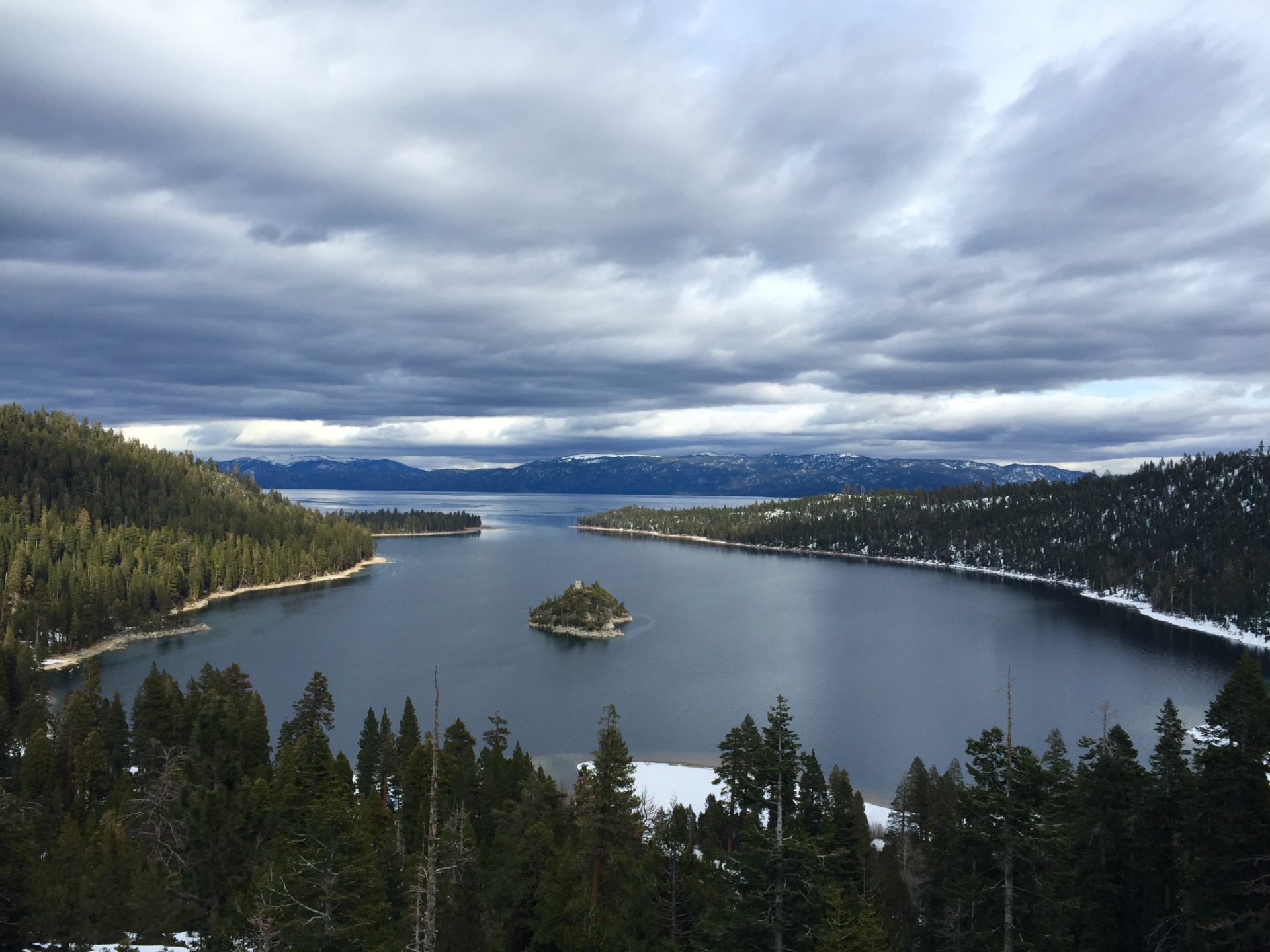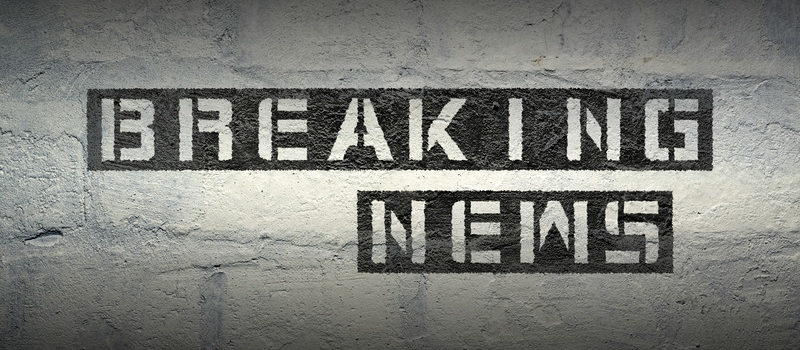“Watchdogs and Attack Dogs: The Confusing State of Journalism in National Security Today”
A Presentation and Discussion With
Dr. Alan Stavitsky
UNR, Dean of the Reynolds School of Journalism
With commentary from
CIA (Ret) and NSF Regular
Rae Huffstutler
Professor Alan Stavitsky, Dean of the Reynolds School of Journalism at the University of Nevada, Reno, kicked off his presentation on the role of journalism in national security with a telling question to the audience, “Who is the media now?” The media, unlike other industries, eludes a static definition as it morphs into new identifies in the digital age. Gone are the days when the New York Times, Washington Post, ABC, CBS, and NBC were the sole arbitrators of investigative journalism or objects of political scorn, AKA “nattering nabobs of negativity” according to Spiro Agnew (former Vice President in the Nixon Administration). If not beloved or even respected, “the press” of old was recognized, sometimes begrudgingly, as a pillar of American democracy.
Today’s media ecology explained
Fast forward to today, Al impresses on us that the term “the media” no longer holds sway as a well-defined term. Instead a “crazy quilt” of media sectors exist today and comprise a “media ecology.” Using the term ecology to denote a system with inherent complexity and interconnections, Al introduced us to the five contemporary media sectors. The first, called “watchdogs” or “mainstream media” captures the traditional print and TV sources named above. These entities practice “journalism of verification,” seeking to hold the powerful, accountable. Their information must be fact-based, confirmed and reconfirmed. Even with identifiable left-leaning or right-leaning editorial preferences, these organizations are structured to retain a clear distinction between factual news and editorial opinions. Perceived as having a critical role in the democratic process they endeavor to uphold the social responsibility role of unbiased and balanced reporting.
Sector 2 in the media ecology, known as “digital native media, was born in the digital age of podcasts, blogs and on-line reporting. This includes organizations such as Politico and BuzzFeed that maintain the social responsibility ethic in reporting the news, but often demonstrate fewer constraints when it comes to releasing information. BuzzFeed demonstrated this lower standard by publishing the Steele Dossier about Russian collusion and other issues related to the Trump campaign just before the 2016 elections.
Journalism of Assertion constitutes Sector 3. It is differentiated from the first two in that it is opinion-based (either right or left) and uses commentary as its primary realm. Modeled on widely popular talk radio, it includes organizations such as Fox News, MSNBC, Breitbart News, and increasingly CNN. Blurring the line between opinion and news reporting these sources present themselves as news organizations, but their hosts openly take political stands. Fox News is the exemplar of this sector with many of its key leaders formally or informally advising the President and stridently defending Administration policies. Tension between the news and editorial sides of these organization are manifested when they report on high-profile political events or issues. Embraced by a significant percentage of Americans, these organizations are catalyzing the fraying of the line between opinion and news. Ironically, public polling increasingly shows that a majority of respondents view them as less-biased than the traditional watchdogs.
The Social Sector follows as the fourth sector in the media ecology capturing entities such as Facebook, Twitter, and Instagram. Professional media participates in this sector, but this is primarily the realm of non-journalists who use these platforms to bypass traditional media and communicate directly with their audiences. President Trump is a main user of this sector communicating extensively on Twitter. It is also the domain of Russian hackers who used social media, especially Facebook, extensively to spread unverified stories targeted at influencing the 2016 U.S. elections.
The fifth sector are the Attack Dogs – hackers propogandists, conspiracy theorists – who trade on fabricated stories created intentionally to cause harm. This includes a litany of Russian hackers along with known conspiracy theorists such as Alex Jones, the founder of Infowars. Jones invented and circulated the Pizzagate conspiracy about Hilary Clinton running a pedophilia ring out of a Washington DC pizza parlor. Although absurd to many, these stories all too often are viewed credible by a few individuals who opt take violent actions in response.
“These are the best of times for journalism.”
Despite the challenges in defining both journalism and journalists today, Al concluded with an upbeat assessment. Journalists today are invigorated by the unlimited amount of on-demand information much of which is readily available on one’s mobile device. Today’s journalists are inspired to participate in this unique American moment, bringing the fourth pillar of our democracy to the forefront. Even better they are enrolling in journalism schools in record numbers. This is indeed good news for both UNR and the country!
“Our ship of state leaks from more places that I originally realized.”
Turning to the flipside of the media discussion Rae Huffstutler, former Executive Director of the Central Intelligence Agency, opened his counterpoint remarks with this stark comment about the challenge of keeping secrets in an increasingly complex media ecosystem. Rae reminded us that we live in both an open society and a hostile world. Throughout our history secrecy has been in conflict with the need for openness and an informed public. Keeping government secrets is critically important for military operations where soldier and civilian lives are at stake, protecting advanced military technologies where the element of surprise is essential, conducting diplomatic negotiations where disclosure can be a showstopper, and hiding intelligence sources and methods where lives and critical technologies are both at risk.
National security secrets aren’t the only government secrets that demand protecting. There are also trade secrets, sealed court decisions, medical record protections through HIPPA, and even media sources who provide information on “deep background.” National security secrets are protected by several laws including the Espionage Act of 1917, Atomic Energy Act of 1946, and the Intelligence Identities Protection Act of 1980. These laws cover everyone including the press. So why do we still read about national security information in the press?
“The President has no effective way to prevent the media from compromising secrets once they [media organizations] have the story.”
According to Rae these laws don’t work. In large part this is because reporters enjoy a privileged position in the U.S. with lots of access to senior government officials who talk on background and are instructed to “never lie to the press.” Clever reporters are often able to piece together and validate stories without direct access to secret materials. Rae illustrated this point by reviewing famous cases of leaked national security information including operations cleverly named Gamma Guppy, Ivy Bells, and Stellar Wind. With the decline in public trust in government post-Watergate, prosecution of media outlets who publish national security secrets has become very rare due to the high political price and public backlash that results. Rae concluded his “grumping from the shadows” remarks by suggesting that future Presidents and his/her Administrations should be vested with the authority (both legally and politically) to protect national security secrets with at least the same zeal as they protect personal medical records.
Al and Rae deftly answered a series of questions starting with, “When is leaking justified?” Rae started off by stating that our government leaks like a sieve both intentionally and unintentionally. Citing the release of the Pentagon Papers by the Washington Post, he reminded us that not all leaks negatively impact USG operations. Although unauthorized, The Pentagon Papers were released during the wind-down of the Vietnam War, and hence did not significantly impact the outcome of the war. However, it did provide the public with a treasure trove of information about what the government was doing, not doing, and not telling the truth about U.S. military operations. Al reminded us that as the fourth estate of government, journalists have been well served by an ethic of social responsibility to protect military operations and other national security secrets. That said in our brave new world these values are continuously tested.
Pulling the thread on how the next generation of reporters learn social responsibility skills, Al stressed that UNR emphasizes both enduring and emerging values. The former captures principles such as accuracy, fairness, and verification in all reporting. Emerging values are reflected in our Digital First World, in which journalists must be conversant in all multi-media types (print, TV, on-line) in order to be successful, while maintaining journalistic ethics always. UNR School of Journalism requires students to take both journalism ethics and First Amendment classes that stress the distinction between objective and activist reporting.
“You can’t have social responsibility if no one pays any attention to facts.”
Rae quipped this pithy statement from the shadows, reminding us that both the USG and the media are suffering a credibility crisis. Following up on this Al addressed the issue of bias in the media warning us not to confuse negative stories with media bias. Both Presidents Nixon and Trump have been the subjects of extensive negative stories many of which may not have a “positive” side. Negative news is not by definition “fake news.” Rae reminded us that an unbiased media is a utopian goal. If people want multiple perspectives on an issue they need to read more. Opinion leaders form public movements in this country. If consumers of information and participants in public movements want to avoid bias they need to seek out sources that don’t just reinforce their already held opinions. Well said words for all of us!
Professor Alan Stavitsky, is Dean of the Donald W. Reynolds School of Journalism and Center for Advanced Media Studies at the University of Nevada, Reno and, as a tenured full professor, holds the Fred W. Smith Chair in Journalism at the Reynolds School. His scholarship on media policy and the digital transition in journalism has been published in leading academic journals, and he is author and co-author of books on public broadcasting ethics and history. The Library of Congress named Dean Stavitsky to the position of Distinguished Scholar to its Radio Preservation Task Force. He has served as a consultant to local, national and international public media organizations; advised the Corporation for Public Broadcasting on policies to ensure editorial independence; and testified before the Federal Communications Commission on issues of localism in broadcasting. Stavitsky earned a bachelor’s degree in political science from the University of Wisconsin, Madison, and a master’s degree in journalism and a doctorate in communication from The Ohio State University. A native of New Jersey, he worked in broadcast journalism in Wisconsin and Ohio before beginning his career in the academy.
Robert (Rae) Huffstutler, currently lives in Incline Village and serves on the NSF Program Committee. Before moving to paradise, served as the Executive Director of the Central Intelligence Agency (CIA), the Director of Photo Interpretation, and as the Director of Soviet Analysis at the Agency
A link to Al’s slide is provided below


